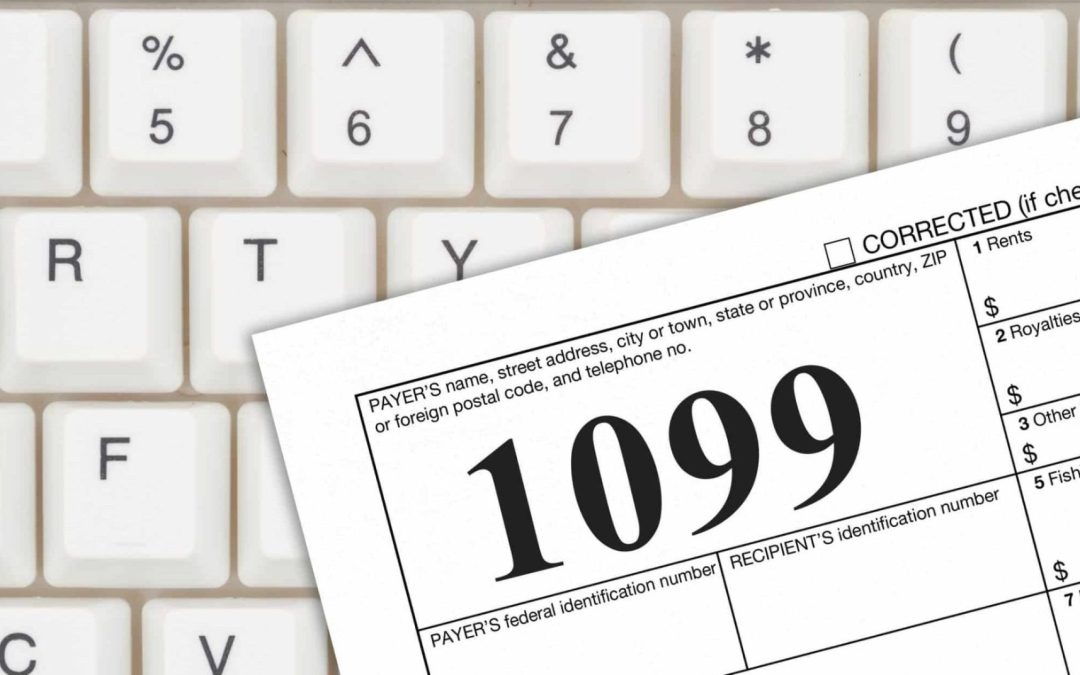
Filling out a 1099 form is an essential task for businesses and individuals who have paid non-employee compensation or other reportable income. The process might seem intimidating at first, but with the right instructions, you can complete it quickly and accurately. This guide provides a step-by-step walkthrough on how to fill out a 1099 form for free, along with tax instructions to ensure compliance with IRS regulations.
What is a 1099 Form?
The 1099 form is an IRS tax document used to report various types of income other than wages, salaries, or tips. The most common type is the 1099-NEC (Nonemployee Compensation), which is used to report payments made to independent contractors, freelancers, and other non-employees.
There are also other variations of the form, including:
- 1099-MISC: For rents, royalties, and other miscellaneous income.
- 1099-INT: For interest income.
- 1099-DIV: For dividends and distributions.
Who Needs to File a 1099 Form?
You must file a 1099 form if:
- You paid $600 or more to a non-employee during the tax year for services.
- The payment was made to an individual, partnership, LLC, or estate (not a corporation, with some exceptions).
- You made the payment via cash, check, or direct deposit (third-party platforms like PayPal report payments on 1099-K forms).
Step-by-Step Instructions for Filling Out a 1099 Form
Obtain the Form
You can get a free 1099 form from:
- The IRS website (for reference or e-filing only; printed forms are not scannable).
- An office supply store.
- An IRS-approved e-filing service.
Ensure you’re using the correct version of the form (e.g., 1099-NEC for nonemployee compensation).
Gather Required Information
Before you begin, collect the necessary information about the payer (you) and the recipient (independent contractor or other payee):
- Payer Information: Your business name, address, and Employer Identification Number (EIN) or Social Security Number (SSN).
- Recipient Information: Name, address, and Taxpayer Identification Number (TIN) from their completed W-9 form.
- Payment Details: Total amount paid for the services during the tax year.
Complete the Form
Here’s how to fill out the key sections of the 1099-NEC form:
- Box 1 (Nonemployee Compensation): Enter the total amount paid to the contractor.
- Payer Information: Fill in your name, address, and EIN.
- Recipient Information: Fill in the contractor’s name, address, and TIN.
- Other Boxes: Leave Boxes 2-4 blank unless they apply to your situation (e.g., federal income tax withheld).
For 1099-MISC or other forms, ensure you place amounts in the correct boxes based on the type of income.
File the Form
The completed form must be sent to both the IRS and the recipient by the required deadlines:
- January 31: Provide Copy B to the recipient.
- January 31: File Copy A with the IRS (if filing electronically) or by mail.
Submit Form 1096 for Paper Filing
If you’re filing by mail, you must include Form 1096 (“Annual Summary and Transmittal of U.S. Information Returns”). This form summarizes all 1099 forms you’re submitting.
Keep Records
Retain copies of all filed 1099 forms and related documentation for at least three years in case of audits or disputes.
Free Tools and Resources
Filing a 1099 form doesn’t have to cost a fortune. Here are some free tools and resources:
- IRS FIRE System: Use the IRS’s Filing Information Returns Electronically (FIRE) system to submit forms electronically for free.
- Free Tax Software: Many online platforms offer free e-filing for 1099 forms if you meet certain conditions.
- W-9 Form: Download the W-9 form for free from the IRS website to collect contractor information easily.
Common Mistakes to Avoid
- Incorrect TINs: Ensure the contractor’s TIN matches their name as registered with the IRS.
- Missing Deadlines: Late filing can result in penalties ranging from $50 to $280 per form.
- Wrong Form Type: Double-check that you’re using the correct 1099 form for the payment type.
When to Seek Professional Help
If your 1099 filing situation involves multiple contractors, complex tax scenarios, or errors that require corrections, consider consulting a tax professional or accountant for assistance.
Conclusion
Filling out and filing a 1099 form is a straightforward process when you understand the steps and use the right resources. By gathering accurate information, adhering to deadlines, and utilizing free tools, you can ensure compliance with IRS requirements without incurring unnecessary costs. Take the time to complete your 1099 forms properly and enjoy a smoother tax season.